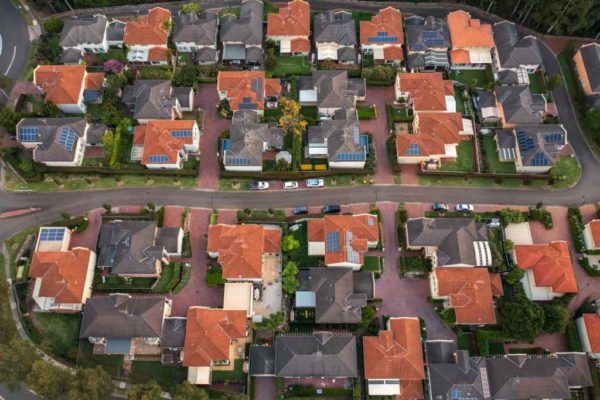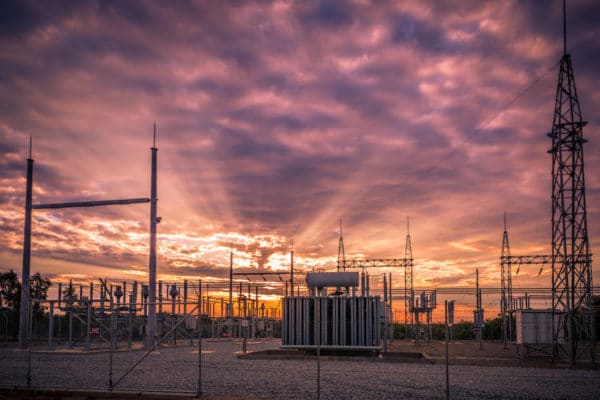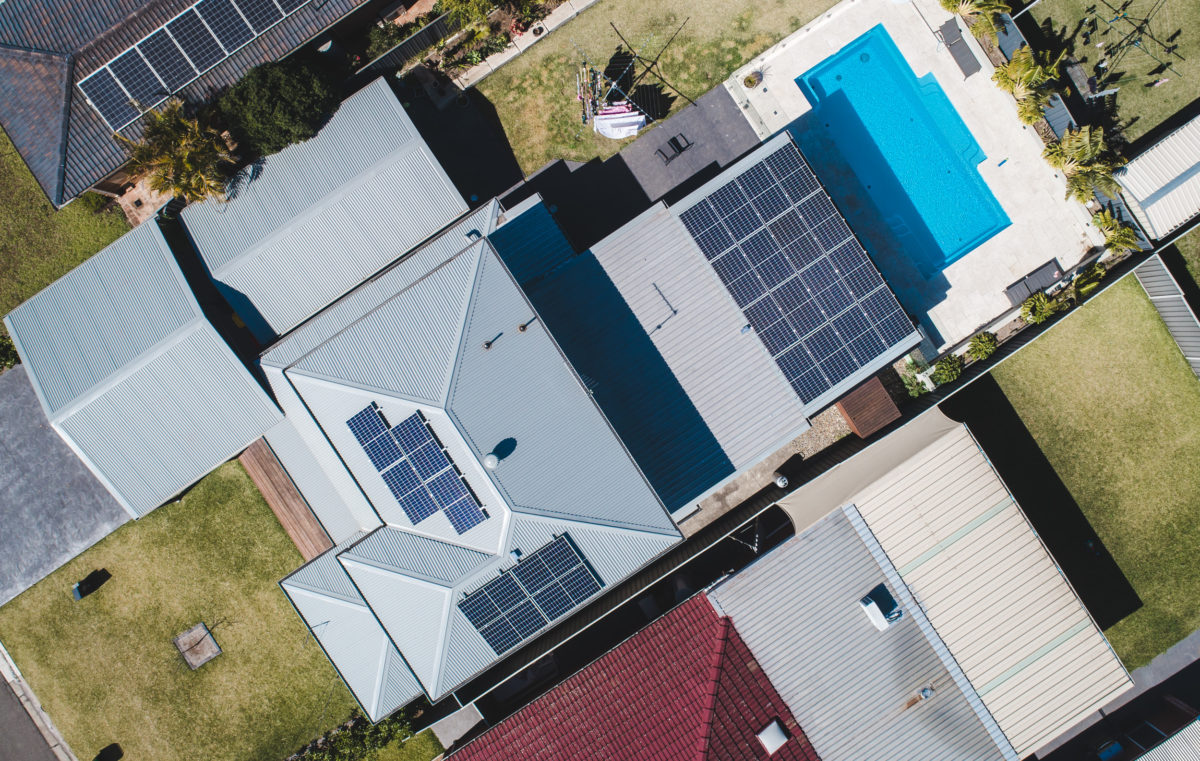The Australian Energy Market Commission (AMEC) has released its final rule determination, a reforms package which aims to provide for the integration of rapidly increasing levels of distributed rooftop solar PV into the National Electricity Market (NEM) and support the growth of batteries and electric vehicles (EVs).
“It’s all about setting us up for the grid of the future,” AEMC chair Anna Collyer told pv magazine.
“We’ve got 2.8 million households with solar panels now, we’re looking at that doubling in the next 10 years. We’re also looking at the number of household batteries and electric vehicles increasing as that technology improves and costs come down.
“The grid is just not set up to deal with these two-way flows that we expect to see happening more and more.”
The final reforms package was officially unveiled by the energy market rule maker on Thursday.
The document includes a raft of changes including updates to the regulatory framework to recognise that distribution services are two-way and include export services, and that the current rules relating to distribution services apply to export services.
Distributed network service providers (DNSPs) will have clear obligations to support energy flowing both ways and they will now be accountable for getting their businesses “solar and battery friendly”.
The changes include the introduction of a performance framework and mandatory reporting on how the network companies are delivering on expectations to enable more solar with the Australian Energy Regulator (AER) to have oversight.
The final package also prohibits the network companies’ ability to put blanket bans on customers exporting solar energy back to the grid but Collyer conceded there may be some limited circumstances, subject to regulatory approval, where that remains necessary for security and reliability.
Likely to be the most controversial component of the reform package is the allowing for DNSPs to charge for export services.
The change gives individual network service providers the option to develop two-way pricing that rewards owners of DER for exporting power to the grid when extra energy is needed, and charging them a fee for exporting at times when the system is already well served.
Collyer said the reforms are a long-term sustainable plan to have more customers benefit from solar, put downward pressure on electricity prices and help decarbonise the energy sector faster.
“These new measures to drive smart solar are fundamental to enabling a modern electricity grid that delivers out to 2030 and beyond,” she said.
“They represent a profound change to the way poles and wires businesses must think about how they manage their network and turn the current one-way street delivering power to people’s homes into two-way super-highway where energy flows in both directions.
“Power network companies will need to deliver services to support solar – and they’ll be judged on their performance on how much solar exports they allow into the grid.”

Image: ARENA
The changes to the National Electricity Rules come with Australia’s power system undergoing a rapid transformation. The nation has the fastest rate of solar uptake in the world with almost one in four Australian homes possessing rooftop solar and the Australian Energy Market Operator (AEMO) predicts that within the next decade half of all consumers in the NEM will be using some form of DER.
By 2050, rooftop solar and other types of DER will contribute more than 45% of Australia’s electricity supply and the AEMC has warned that without action, the grid will be unable to handle the volume of solar forecast to double over the next decade.
Collyer said the rule changes aim to move solar around to when it’s most needed so solar owners can get more from their panels and more solar can get onto the grid.
“The fundamental change we’re making here is to impose an obligation on networks to provide an export service that will be subject to the same regulatory scrutiny as their current traditional service so it really is completely shifting what it is we want distribution networks to do so that we can ensure customers get the benefit of all these assets that they invest in now and in the future,” she said.
“We don’t want to see solar going to waste. That costs everyone more because less cheap renewable energy gets into the system.”
The two-way pricing mechanism attracted widespread criticism during the consultation phase with opponents arguing that it is an effective “solar tax” on households and will disincentivise solar.
Advocates however claim the export charges are necessary to help fund much-needed upgrades to electricity networks.

Image: Genex
While the changes are sure to spark renewed debate, AEMC chief executive Benn Barr said the pricing mechanism is not mandatory and networks will have to offer a free basic service alongside any paid solar export plans, and the AER will need to sign off on all network plans as being in the long-term consumer interest.
Network companies will be obliged to offer a free service up until at least 2041. The changes allowing energy networks to charge households for exporting surplus solar energy to the grid will apply from July 2025.
The AEMC said each network will retain the ability to develop its own incentives because each has a different customer mix level of solar penetration and congestion, and different government preferences to consider.
“This is about getting ahead of the curve and preparing the grid for change that is happening now and only going to accelerate over the next 10 years,” Barr said.
“Getting this right means adapting the grid to handle more solar in a smart way that keeps costs down, keeps significant financial benefits for those who choose to go solar and saves money on electricity bills for those who don’t or can’t. Getting it wrong means less clean energy in the system and existing and future solar and battery customers miss out.”
AER chair Clare Savage welcomed the rule change as a balanced set of reforms that are in the long-term interests of energy consumers.
Savage said the AER will soon commence a consultation process on developing the Export Tariff Guideline, starting with publishing an Issues Paper in September, with the aim to publish a draft guideline for community feedback in early 2022.
“For the household rooftop solar investors out there, and network companies, we want you to know that we will work with you to develop a set of guidelines that encourage network investment that supports the national grid, the environment, and is good news for retail energy bills,” she said.
This content is protected by copyright and may not be reused. If you want to cooperate with us and would like to reuse some of our content, please contact: editors@pv-magazine.com.









By submitting this form you agree to pv magazine using your data for the purposes of publishing your comment.
Your personal data will only be disclosed or otherwise transmitted to third parties for the purposes of spam filtering or if this is necessary for technical maintenance of the website. Any other transfer to third parties will not take place unless this is justified on the basis of applicable data protection regulations or if pv magazine is legally obliged to do so.
You may revoke this consent at any time with effect for the future, in which case your personal data will be deleted immediately. Otherwise, your data will be deleted if pv magazine has processed your request or the purpose of data storage is fulfilled.
Further information on data privacy can be found in our Data Protection Policy.